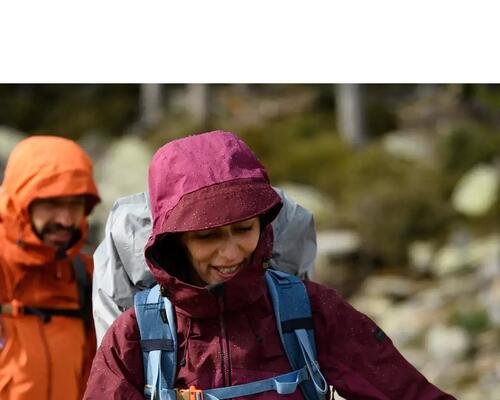Check the weather carefully for your route
Before every excursion into the mountains, it’s important to look at the weather in detail. Sunny skies when you set off on your hike can hide wetter weather along the way. As well as the basic information relating to the uncertain weather (rain, fog, wind etc) and temperature, take a look at when the sun rises and sets.
From the end of August, the days get shorter and night falls much faster than you’d think, so it’s essential to plan a route that lets you get back before nightfall, or make sure you’re equipped accordingly. So even if you intend to get home before sunset, always have a headlamp in your bag.







